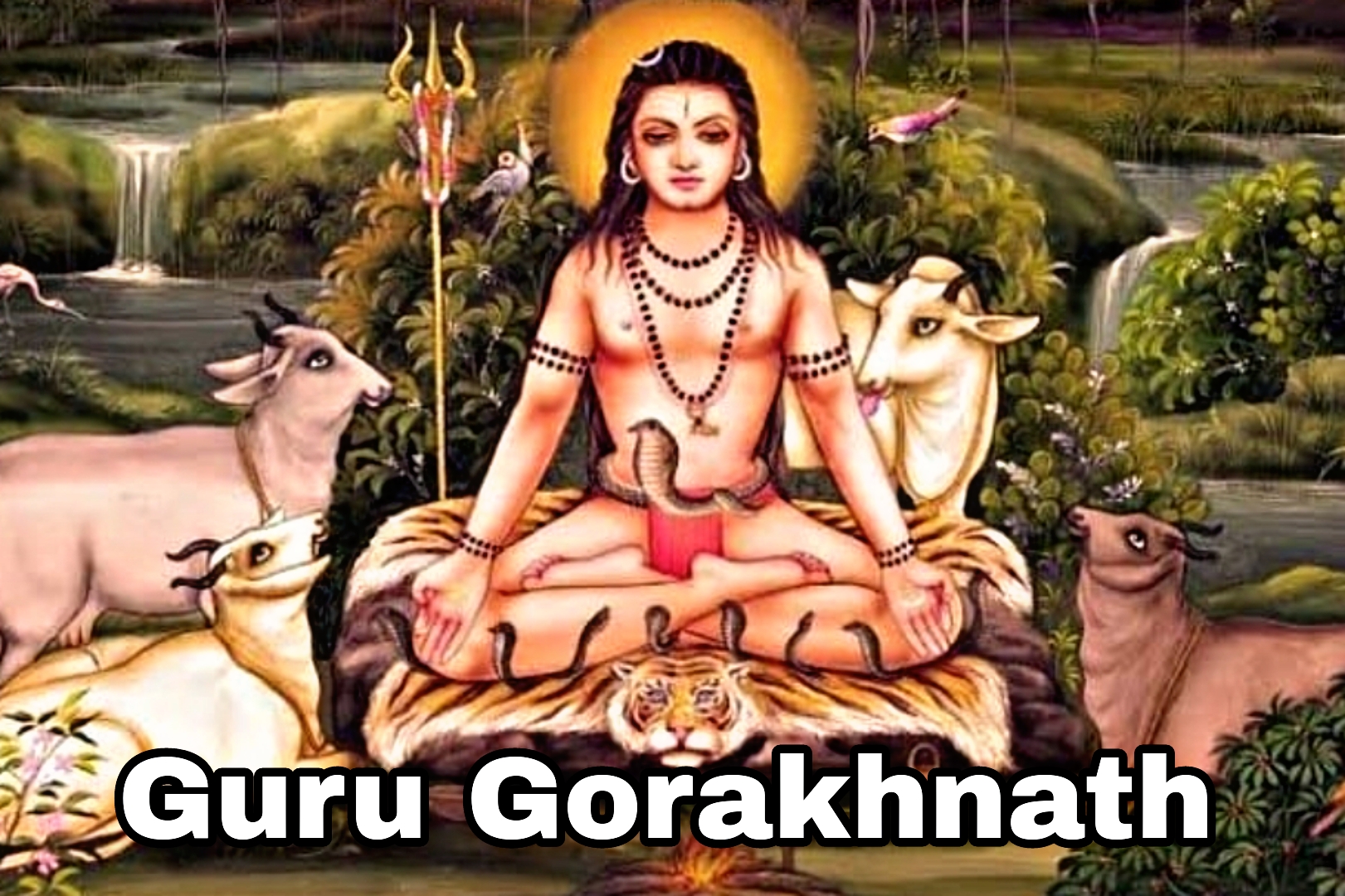Guru Gorakhnath, a name that resonates deeply within the spiritual and cultural history of India, represents the epitome of yogic wisdom, discipline, and divine pursuit. Revered as one of the most prominent figures of the Nath tradition, his life and teachings transcend religious boundaries, embodying the universal quest for enlightenment. Guru Gorakhnath’s legacy is deeply rooted in his dedication to self-realization, service to humanity, and his role as a spiritual guide.
This article explores the multifaceted life of Guru Gorakhnath, his contributions to spiritual practices, his teachings, and his enduring influence on Indian culture and philosophy. By unraveling his life story, we gain a deeper understanding of what Guru Gorakhnath stands for and why his teachings remain relevant today.
The Origins of Guru Gorakhnath

Historical Context
Guru Gorakhnath is believed to have lived between the 10th and 12th centuries CE, though precise historical records are scarce due to the blend of mythology and spiritual lore surrounding him. As a disciple of the great sage Matsyendranath, Gorakhnath inherited the spiritual mantle of the Nath tradition, a school of thought rooted in yoga, meditation, and the worship of the formless divine.
Divine Birth
According to legends, Guru Gorakhnath was born through divine intervention. It is said that his mother, a devout woman longing for a child, encountered Matsyendranath, who blessed her with a mystical substance. This miraculous birth established Gorakhnath as a spiritual being destined to guide humanity.
Guru Gorakhnath and the Nath Tradition
The Nath Sampradaya, founded by Matsyendranath and popularized by Gorakhnath, is one of India’s oldest yogic traditions. It emphasizes self-discipline, spiritual independence, and the pursuit of liberation through meditation and yoga.
Role as a Spiritual Leader
Guru Gorakhnath played a pivotal role in organizing the Nath tradition and disseminating its teachings across the Indian subcontinent. His focus on Hatha Yoga (a physical and spiritual discipline) became the cornerstone of the Nath philosophy, influencing later yogic traditions worldwide.
Philosophy of the Nath Tradition
The Nath tradition under Guru Gorakhnath emphasized:
- Union of Body and Mind: The balance between the physical and spiritual aspects of existence.
- Meditation and Breath Control: Techniques such as pranayama to achieve higher states of consciousness.
- Equality and Inclusivity: Breaking societal norms of caste and religion, promoting a universal approach to spirituality.
- Self-Reliance: Advocating for inner strength and self-realization through personal effort.
The Philosophy of Guru Gorakhnath: Beyond Duality
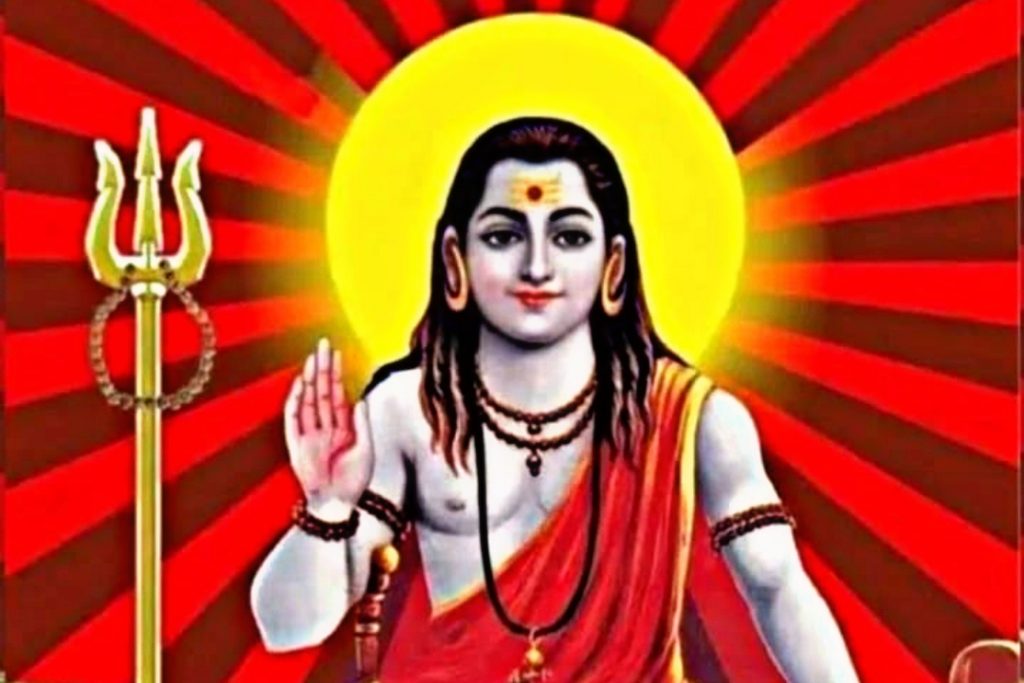
Unity of the Microcosm and Macrocosm
Guru Gorakhnath’s teachings highlight the connection between the individual (microcosm) and the universe (macrocosm). He taught that understanding oneself is key to understanding the divine, as the same essence pervades both.
Detachment and Liberation
Detachment from worldly attachments was central to his philosophy. However, this did not mean abandoning responsibilities but approaching them with a sense of inner freedom. According to Guru Gorakhnath, true liberation is achieved when the ego dissolves, and the soul merges with the universal consciousness.
The Role of Bhakti (Devotion)
Although primarily associated with yoga and meditation, Guru Gorakhnath also emphasized the importance of devotion (bhakti) as a means of connecting with the divine. His teachings strike a balance between the intellectual rigor of yoga and the emotional depth of devotion.
The Teachings of Guru Gorakhnath
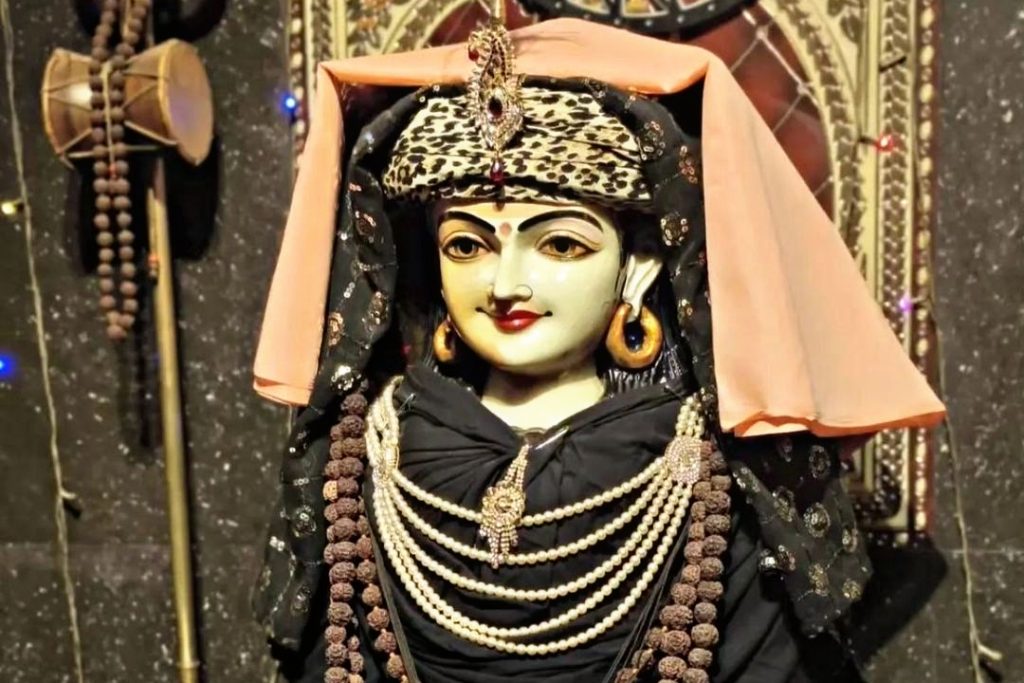
1. Yoga as the Path to Liberation
Guru Gorakhnath emphasized yoga as the ultimate tool for self-realization. He perfected and taught Hatha Yoga, blending physical postures, breath control, and meditation to achieve spiritual awakening.
2. Inner Purity and Discipline
One of the core tenets of Guru Gorakhnath’s teachings is self-discipline. He believed that inner purity, achieved through ethical living and self-control, was essential for spiritual progress.
3. The Power of Sound (Nada Yoga)
Guru Gorakhnath introduced the concept of Nada Yoga, which involves meditating on sound vibrations to connect with the divine. This practice emphasizes listening to the inner sound (Nada) as a pathway to transcendence.
4. Breaking Societal Barriers
A revolutionary thinker, Guru Gorakhnath advocated for equality and rejected societal hierarchies based on caste or creed. His teachings focus on spiritual unity, transcending man-made divisions.
5. The Guru-Disciple Relationship
Guru Gorakhnath placed immense importance on the guru-shishya (teacher-student) relationship. He believed that a guru was essential for guiding a disciple on the spiritual path, helping them overcome ego and ignorance.
Guru Gorakhnath’s Literary Contributions
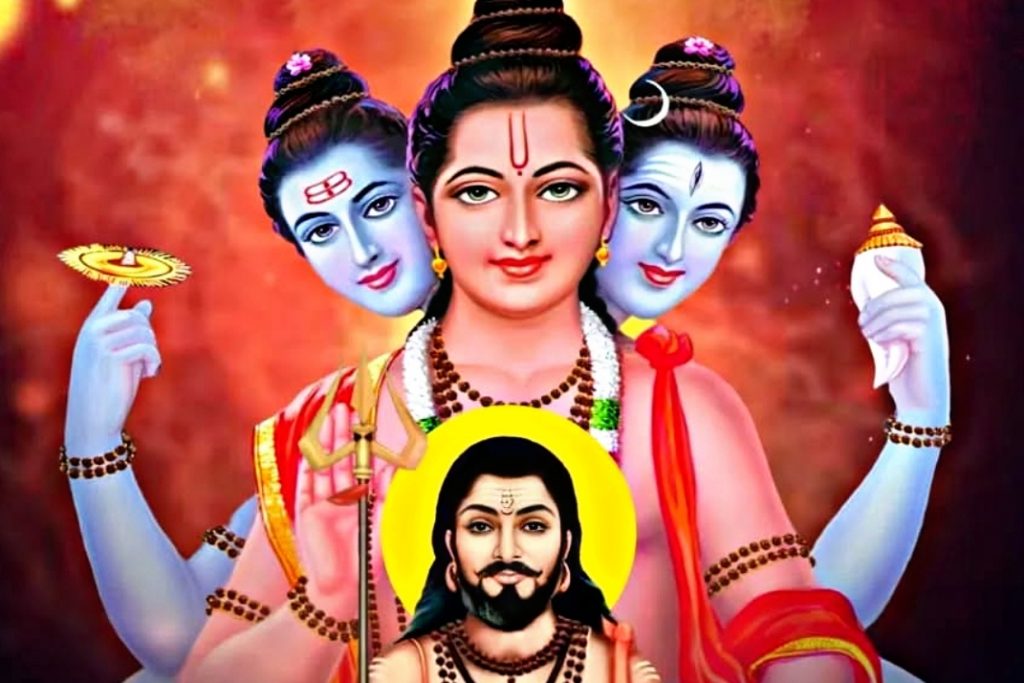
Guru Gorakhnath’s teachings were compiled into various texts that remain influential in yogic literature. Some of the most notable works attributed to him or his disciples include:
- Goraksha Samhita: A foundational text on Hatha Yoga, outlining its principles and practices.
- Goraksha Shataka: A collection of 100 verses detailing yogic techniques and philosophy.
- Siddha Siddhanta Paddhati: A philosophical treatise explaining the relationship between the individual self and the universal consciousness.
These works emphasize the integration of physical practices with spiritual knowledge, reflecting Gorakhnath holistic approach to yoga.
Guru Gorakhnath Travels and Impact
Gorakhnath is believed to have traveled extensively across India and neighboring regions, spreading his teachings and establishing Nath centers (mathas). His influence reached far beyond his immediate disciples, inspiring saints, mystics, and scholars in various traditions.
Impact on Saints and Movements
- Bhakti : The Bhakti movement, which emerged as a powerful spiritual and social reform movement, echoes Gorakhnath emphasis on equality and direct connection with the divine. Saints like Kabir and Namdev were influenced by the Nath philosophy of breaking societal barriers.
- Sufism: In regions like Punjab and Rajasthan, Gorakhnath teachings found resonance with Sufi saints, who shared similar ideas of universal love and inner transformation. This cross-cultural interaction enriched the spiritual traditions of the Indian subcontinent.
- Regional Cultures: His teachings are reflected in the folk traditions of Punjab, Rajasthan, and Nepal, where he is venerated as a saint and mystic.
- Modern Yoga Practices: The global yoga movement owes much to Guru Gorakhnath codification of Hatha Yoga principles. His teachings laid the groundwork for the systems of yoga that are practiced and celebrated worldwide today.
Guru Gorakhnath as a Symbol of Spiritual Power
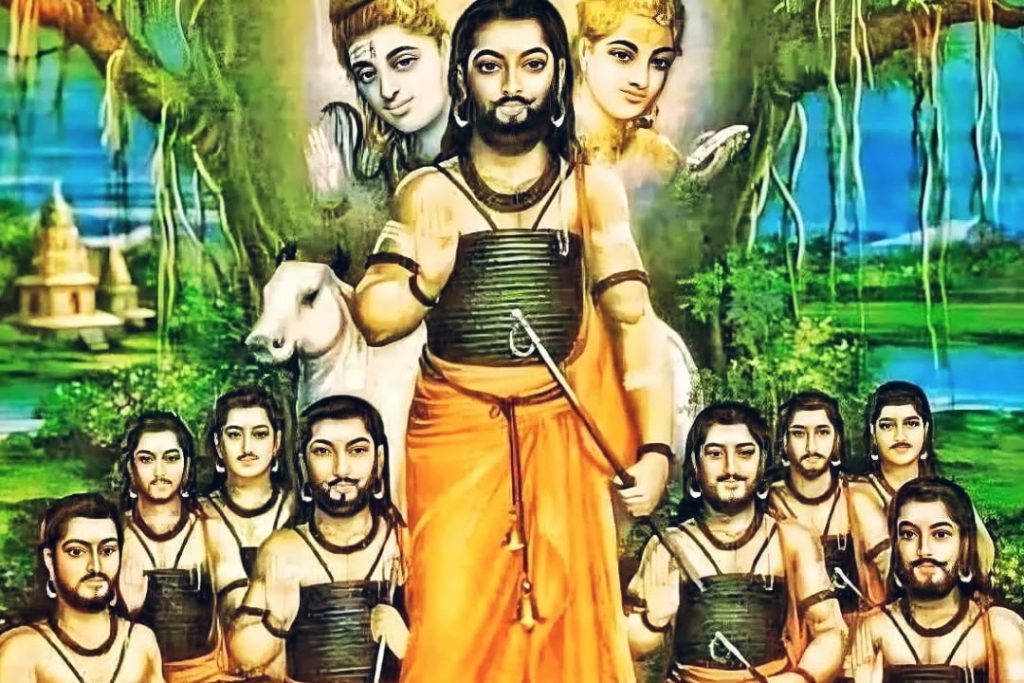
Guru Gorakhnath is often depicted as a mystical figure possessing extraordinary powers. Stories of his miracles and divine interventions abound in folklore, portraying him as a protector of the righteous and a guide for the lost.
Mastery Over Nature
Legends describe Guru Gorakhnath’s ability to control the elements, symbolizing his mastery over the material world. These tales highlight his spiritual prowess and his role as a guardian of dharma (righteousness).
Immortal Legacy
Gorakhnath is often referred to as an eternal yogi, symbolizing the timeless nature of his teachings. His followers believe that he transcended physical death, continuing to guide humanity from the spiritual realm.
Modern Relevance of Guru Gorakhnath’s Teachings
In today’s fast-paced and materialistic world, Guru Gorakhnath’s teachings hold immense relevance:
- Mental and Physical Well-Being: The practice of Hatha Yoga, as taught by Gorakhnath, offers a pathway to health and inner peace.
- Unity Amid Diversity: His emphasis on spiritual unity can inspire harmony in a divided world.
- Inner Strength and Resilience: The values of self-discipline and purity championed by Gorakhnath encourage individuals to overcome life’s challenges.
Guru Gorakhnath’s Literary and Cultural Contributions
The teachings of Gorakhnath are preserved in various scriptures and oral traditions. These writings not only serve as spiritual guides but also as cultural artifacts:
1. Goraksha Samhita and Goraksha Shataka
These foundational texts outline his philosophies on yoga, spiritual practices, and the nature of reality. They remain essential readings for students of Hatha Yoga and Nath philosophy.
2. Siddha Siddhanta Paddhati
This work explores the metaphysical aspects of existence, describing how the individual self relates to the universal self.
3. Folk Traditions and Songs
Guru Gorakhnath’s teachings permeate folk traditions, particularly in regions like Rajasthan, Nepal, and Bengal. Devotional songs and stories about his life are still sung and performed, keeping his legacy alive.
Miracles and Legends of Guru Gorakhnath
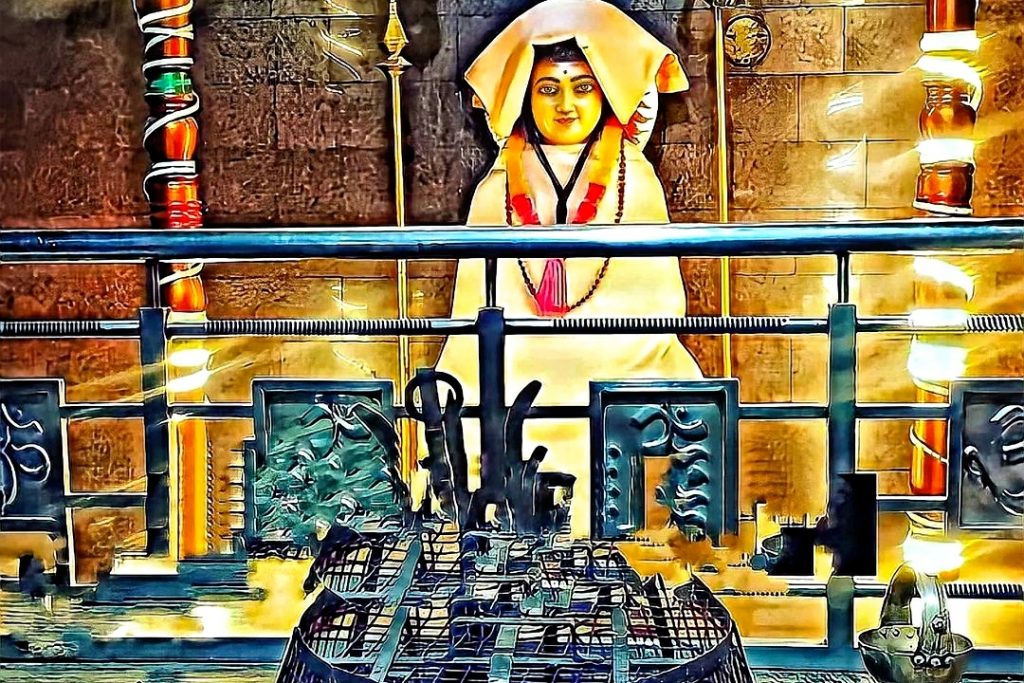
Numerous stories and legends surround the life of Gorakhnath, portraying him as a figure with divine powers and profound wisdom.
Defying Nature’s Laws
It is said that Guru Gorakhnath had the ability to control natural forces such as fire, water, and air. This mastery over nature symbolized his transcendence of the material world.
Reviving the Spirit
One popular legend recounts how Guru Gorakhnath brought people back to life or healed the sick through his yogic and spiritual powers. These acts of compassion reflect his role as a guide and savior for humanity.
The Encounter with King Gopichand
Guru Gorakhnath’s influence extended to royal circles, as evidenced by the legend of his interaction with King Gopichand. Through his teachings, he convinced the king to renounce material wealth and dedicate his life to spiritual pursuits.
Places of Worship and Pilgrimage
Guru Gorakhnath’s legacy is enshrined in various temples and mathas dedicated to him. Some notable sites include:
- Gorakhnath Temple, Gorakhpur: The spiritual epicenter of the Nath tradition, attracting devotees worldwide.
- Pashupatinath Temple, Nepal: Associated with Gorakhnath’s teachings, this sacred site reflects his influence in Nepal.
These places serve as hubs of spiritual activity, preserving his teachings for future generations.
Conclusion: The Eternal Legacy of Guru Gorakhnath
The Guru Gorakhnath goes beyond the life of a single individual. It encapsulates the timeless principles of self-realization, devotion, and universal harmony. As a yogi, philosopher, and spiritual guide, Guru Gorakhnath’s impact on the Nath tradition and global spirituality remains unparalleled.
The life and teachings serve as a guiding light for anyone seeking spiritual growth, inner peace, and universal harmony. His influence, as a master yogi, philosopher, and reformer, transcends time, continuing to inspire countless seekers across the globe.

